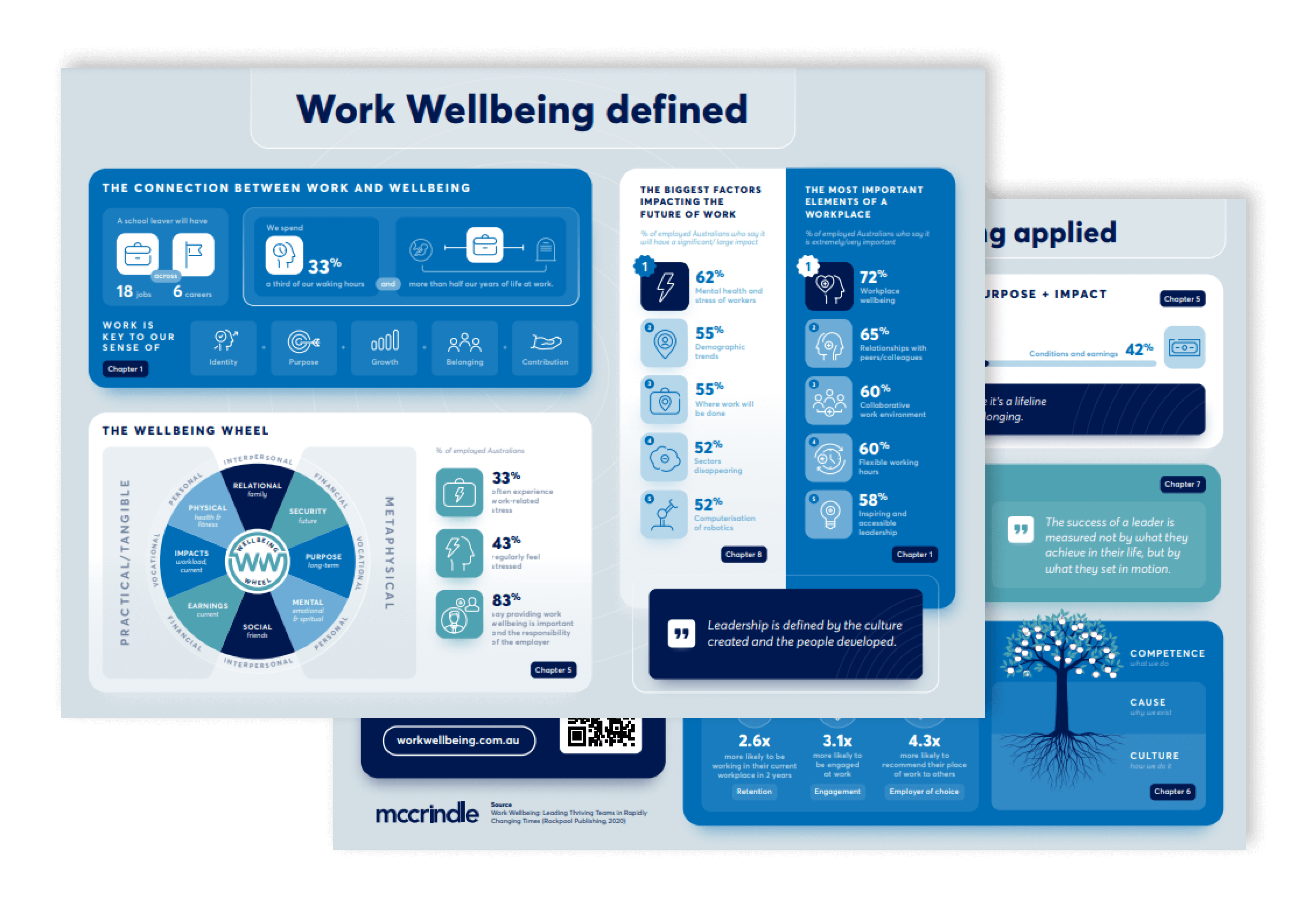ARTICLE
Work as ‘the third place’

Historically, the ‘third place’ refers to social settings that are separate from the two usual social environments: home (first place) and the workplace (second place). Traditionally, examples of third-place environments would be churches, libraries, parks or cafes.
Long-time CEO of Starbucks, Howard Schultz, famously set the vision of making their stores the third place. The Starbucks third place policy states: ‘We want our stores to be the third place, a warm and welcoming environment where customers can gather and connect.’ This vision has become a reality not just for Starbucks but for many thousands of cafes and eateries worldwide that are full of people using laptops, smartphones, and books, not necessarily connecting with those around them but vicariously experiencing community connection in a busy, fragmented world.
How work has become the third place
Living in the ‘great screen age’, in which we spend more time on our devices than in face-to-face interaction, most of us are less likely to be involved with traditional community groups or activities. This is particularly the case for emerging generations, who have been more shaped by digital devices and are delaying traditional life markers such as getting married and having children.
Not only have careers morphed and evolved, but the role of work in our lives is also less isolated than it used to be. While work does blur with life, the expectations we bring to work are not just a fair day’s work for a fair day’s pay. It’s now also about social needs, self-actualisation and the contribution we can make to our community. As a result, we are seeing the workplace not only be the second space but the third place as well.
What work as the third place means for organisations
This idea of work as the ‘third place’ has given rise to a range of workplace initiates, from wellbeing programs to volunteer opportunities, daily mindfulness, breakout rooms, ping pong tables and social events. While social activities used to take place on a Friday night after work, the workplace of today is a combination of work, social and health-related
priorities. After-work drinks have morphed into more integrated and inclusive social engagement practices, which is important in an era when workers look to have multiple needs met at work. Sure, it’s about achieving task outcomes and receiving financial rewards, but it’s also about social connection, training, personal development, greater fulfilment and even environmental sustainability.
With work becoming the third place, work wellbeing needs to be the key issue for two reasons. Because people are spending so much time at work the workplace itself needs to be geared up to enable people to flourish and thrive when they are there. Also, because work is replacing more traditional forms of community, workplace leaders need to ensure that realistic expectations are set around what needs the workplace can and cannot meet.
This is particularly important as it not only protects the employee from having unrealistic expectations about the role of work in their lives, it also protects the workplace leader from feeling as though they need to meet every aspect of their employee’s needs.
The challenge for leaders
While work plays an increasingly important role in people’s lives, it’s important to note that people can’t have all their needs met through the workplace. A workplace leader should not only ensure their workplace practises prioritise the wellbeing of their teams, but also create environments and work schedules that enable people to have other forms of community and connection outside of the workplace. To summarise the sentiment expressed to us by many young workers regarding work/life balance: ‘My work is not my life. It is an important part of my life but not the sum total of my life.’
This tension for leaders is between creating work wellbeing yet ensuring they don’t create unhealthy dependency. Organisations that prioritise employee wellbeing instead of promising that the workplace can fulfil all aspects of their wellbeing are key to enabling people to thrive at work. A leader can’t be everything to everyone, so not only does this protect and prioritise the wellbeing of employees, it also protects and prioritises the wellbeing of the leader or employer.
While workplace leaders should seek to provide workplaces that enable people to thrive, they also need to support and encourage workers to find a life outside of work and be realistic about what the workplace can offer in the way of life satisfaction and different aspects of a person’s holistic wellbeing.





